Creating new jobs is one of the main focus areas for the government with the new draft policy. Let's take a look at how the government hopes to transform air travel for Indians.
The Civil Aviation policy, first expected to be finalised by November-end, was later moved on to December 2015-end. Now, the government says that the policy may finally see the light of day in April this year.
Disagreements over the 5/20 rule -- which requires air carriers to fly domestic routes for at least five years and have a fleet of 20 aircraft before they fly international routes -- is one of the major reasons for the delay in the policy. A 2% levy on cess on domestic and international flight tickets to pay for improving regional connectivity, is another tender nerve.
While the government irons out the issues, a quick look at the draft aviation policy that tells us that one of the focuses of the government through the new policy is the generation of employment.
According to a JM Financial report, India's air travel market is the sixth largest globally in terms of (the) total domestic seats and ninth largest in the world by total domestic and international seats.
"However, despite being the second most populous country, seventh largest in terms of area and among the top 10 in terms of GDP, India remains the most under-penetrated aviation market in the world. India’s annual domestic seats per capita stand at an abysmal 0.08 -- significantly lower than other developing countries like Brazil and China, where penetration rates are between 0.4x and 0.7x," the report says.
The new policy is aimed at developing the aviation sector in the country and making air travel a viable option for people, a move that will have "a very high multiplier effect on the economy," the government says.
The new policy draft on the Civil Aviation Ministry's website quotes a study done by the International Civil Aviation Organisation (ICAO), which states that every Rs 100 spent on air travel will lead to benefits of Rs 325. It further adds that every 100 direct jobs created in aviation have the potential to create 610 more related jobs.
"The direct benefits of (the) development of civil aviation include employment and income generation in airline and airport operations, aircraft maintenance, air traffic management, ground handling services etc.,"
"The indirect benefits arise from the supply chain that is required for airline and airport operations including civil construction, multi-modal transport services, the supply of materials and products etc," the draft says.
The JM Financial report says that the government is targeting 300 million domestic tickets by 2022 (versus 70 million now) and 500 million by 2027. It is targeting increasing international ticketing to 200 million by 2027.
This would only by possible if the government manages to make air travel more convenient, accessible, and viable for Indians. For this, the draft policy proposes several steps, including developing existing airports and improving regional connectivity.
1. Reviving existing airports
-- Union Civil Aviation Minister Ashok Gajapathi Raju says that the country needs four modern airports -- two on the West Coast and two on the East Coast.
"At present, we have only three modern airports that have parallel runways at Delhi, Bangalore and Hyderabad and the fourth one is coming up in Vishakhapatnam. With the size of a country like India we need more modern airports, at least, two on the West Coast and two on the East Coast," Raju said on Thursday.
-- About 400 underutilised and unserved airports to be revived at a cost of Rs 50 crore per airport. “This is in line with the Budget announcement of reviving 160 unserved and underserved airports and strips at an indicative cost of Rs 50 crore – Rs 100 crore each,” the JM Financial report says.
-- The draft policy states that the government will focus on providing the best possible service at all airports, with the potential for growth. The integrated 'multi-modal hub' should include rail, metro, bus and truck connectivity as well as accommodation and other services.
-- To make air travel more convenient, all airports will have the electronic check-in facility matching international standards and automated baggage handling facilities. The remaining airports will also get the services subsequently.
-- Six metropolitan airports -- Delhi, Mumbai, Chennai, Kolkata, Bangalore and Hyderabad -- would be developed as major international hubs and become the main access points for international travel to and from India.
-- Development of airports in Chennai, Kolkata, Ahmedabad through public-private partnership (PPP) mode.
2. Taking aviation to remote areas
Providing optimum air connectivity to all regions is one of the sure-shot ways of ensuring more people consider air travel.
The government is planning to develop a “special package for the North-Eastern Region” to link remote locations in the country.
-- To encourage Indian carriers to fly to these remote areas, the policy will review Route Dispersal Guidelines which will let airlines add small aircraft and code sharing arrangements. According to the JM Financial report, the government may subsidise airlines to fly to these routes and even cap flying cost to Rs 2,500 per hour.
“The government will exempt Air Turbine Fuel (ATF) drawn from Regional Connectivity Scheme (RCS) airports from excise duty, apart from not levying airport charges for 10 years and no service tax on tickets under RCS,” it added.
The report also said that while the excise on ATF was hiked from 8% to 14%, under the RCS, the excise on ATF for supply to the aircraft will remain constant at 8%.
-- The government says that the aforementioned 5/20 rule will be reviewed to encourage new Indian players into the market.
-- While initially the Ministry had proposed a 2% cess on flight tickets in the revised draft unveiled on October 30, to pay for the regional connectivity action plan, it was later decided that the plan will be dropped after stakeholders of the industry opposed the move. Implementing a 2% cess would hike flight fare, discouraging air travel and defeating the very purpose of the policy. The global airlines' body IATA even called the move “against the International Civil Aviation Organisation's norms”.
3. E-governance
-- The processes of the Civil Aviation Ministry along with the offices under it will be digitised to improve efficiency and transparency. Services and clearance processes will be taken online.
-- The electronic procurement systems will be strengthened to ensure transparency and accountability.
4. Modernising Air Navigation Services
In a bid to cut flying time, reducing crowding at airports, the provision of Air Navigation Services (ANS) will be intensified. Navigational services will be upgraded to international standards.
5. Develop helipads, chopper aviation
A move which may see a rise in the number of air ambulances, the government is planning to develop chopper aviation. The draft calls for the development of the sector along with building new helipads which will help reduce congestion in big cities, help in medical evacuation, relief operations. Operators will be given “suitable incentives” in terms of operational costs.
7. Rationalising jet fuel price
Jet fuel in India costs about 40-45% more than in the overseas market, thanks to high taxes. The draft proposes steps to bring down the rate of taxes so that the country's cost are competitive. Jet fuel cost makes up nearly 50% of the cost of a flight ticket. Rationalising this will have a direct impact on the cost of flight tickets.
![submenu-img]() 'What was that?': Aparshakti Khurana got angry phone call from Amar Kaushik for 'PR game' remark on Stree 2 credit war
'What was that?': Aparshakti Khurana got angry phone call from Amar Kaushik for 'PR game' remark on Stree 2 credit war![submenu-img]() Afghanistan vs New Zealand, One-off Test: Date, time, venue, live streaming, tickets - All you need to know
Afghanistan vs New Zealand, One-off Test: Date, time, venue, live streaming, tickets - All you need to know![submenu-img]() This college turned down Gautam Adani’s application, after 46 years called to honour him
This college turned down Gautam Adani’s application, after 46 years called to honour him![submenu-img]() Is Flipkart Minutes the new Santa? Bengaluru man gets free PS5 with TV order
Is Flipkart Minutes the new Santa? Bengaluru man gets free PS5 with TV order![submenu-img]() Deepika Padukone, Ranveer Singh visit Mumbai hospital with families; spark speculations about baby's birth
Deepika Padukone, Ranveer Singh visit Mumbai hospital with families; spark speculations about baby's birth![submenu-img]() Haryana Elections 2024: बजरंग पूनिया का बृजभूषण सिंह को चैलेंज, 'हिम्मत है तो विनेश के...'
Haryana Elections 2024: बजरंग पूनिया का बृजभूषण सिंह को चैलेंज, 'हिम्मत है तो विनेश के...' ![submenu-img]() Kolkata Rape Case: रेप और हत्या करने के बाद क्या कर रहा था आरोपी संजय रॉय, पॉलीग्राफ टेस्ट में उगला सच
Kolkata Rape Case: रेप और हत्या करने के बाद क्या कर रहा था आरोपी संजय रॉय, पॉलीग्राफ टेस्ट में उगला सच ![submenu-img]() ENG vs SL: इंग्लैंड का तेज गेंदबाज अचानक बन गया स्पिनर, देखें वायरल VIDEO
ENG vs SL: इंग्लैंड का तेज गेंदबाज अचानक बन गया स्पिनर, देखें वायरल VIDEO![submenu-img]() Telangana Floods: तेलंगाना में बारिश और बाढ़ के कहर में 29 की मौत, अगले दो दिन भी राहत के आसार नहीं
Telangana Floods: तेलंगाना में बारिश और बाढ़ के कहर में 29 की मौत, अगले दो दिन भी राहत के आसार नहीं ![submenu-img]() 'बॉस को लगता है कि मैं चोर हूं...' 19 साल से एक ही शोरूम में काम कर रहे सेल्समैन ने क्यों दी जहर खाकर जान
'बॉस को लगता है कि मैं चोर हूं...' 19 साल से एक ही शोरूम में काम कर रहे सेल्समैन ने क्यों दी जहर खाकर जान![submenu-img]() Skoda-Auto Volkswagen India to invest Rs 15000 crore to set up EV plant in…
Skoda-Auto Volkswagen India to invest Rs 15000 crore to set up EV plant in…![submenu-img]() Hyundai Venue E+ with electric sunroof launched in India; price starts at Rs…
Hyundai Venue E+ with electric sunroof launched in India; price starts at Rs…![submenu-img]() DNA Auto Awards 2024: Maruti Suzuki Swift nominated for ‘CAR OF THE YEAR’; check price, features
DNA Auto Awards 2024: Maruti Suzuki Swift nominated for ‘CAR OF THE YEAR’; check price, features![submenu-img]() DNA Auto Awards 2024: Hyundai Alcazar Facelift nominated for ‘CAR OF THE YEAR’; check details
DNA Auto Awards 2024: Hyundai Alcazar Facelift nominated for ‘CAR OF THE YEAR’; check details![submenu-img]() Hyundai Creta Knight Edition launched in India: Check price, features, design
Hyundai Creta Knight Edition launched in India: Check price, features, design![submenu-img]() Meet IIT topper who left corporate job to become IAS officer, failed four times in UPSC exam, he is...
Meet IIT topper who left corporate job to become IAS officer, failed four times in UPSC exam, he is...![submenu-img]() BIG UPDATE! UGC NET answer key 2024 to be released soon at...
BIG UPDATE! UGC NET answer key 2024 to be released soon at...![submenu-img]() Meet woman, mill worker’s daughter who lost mother during UPSC preparations, still cracked it with AIR 14, she is now...
Meet woman, mill worker’s daughter who lost mother during UPSC preparations, still cracked it with AIR 14, she is now...![submenu-img]() Meet man, 54-year-old engineer who left his high-paying job to crack NEET exam but there's a twist
Meet man, 54-year-old engineer who left his high-paying job to crack NEET exam but there's a twist![submenu-img]() Meet IIT-JEE topper with AIR 1, who quit IIT Bombay after a year due to...
Meet IIT-JEE topper with AIR 1, who quit IIT Bombay after a year due to...![submenu-img]() Mumbai: Fire Breaks Out At Times Tower In Mumbai, 9 Fire Units Deployed
Mumbai: Fire Breaks Out At Times Tower In Mumbai, 9 Fire Units Deployed![submenu-img]() 'Dharavi Project Is About Restoring Dignity...', Says Gautam Adani | Dharavi Redevelopment Project
'Dharavi Project Is About Restoring Dignity...', Says Gautam Adani | Dharavi Redevelopment Project![submenu-img]() Kolkata Doctor Case: CBI Visits RG Kar, Seizes Documents On Funds Used During Sandip Ghosh’s Tenure
Kolkata Doctor Case: CBI Visits RG Kar, Seizes Documents On Funds Used During Sandip Ghosh’s Tenure![submenu-img]() Giriraj Singh Attacked: Union Minister Giriraj Singh Assaulted In Begusarai, Bihar; Accused Arrested
Giriraj Singh Attacked: Union Minister Giriraj Singh Assaulted In Begusarai, Bihar; Accused Arrested![submenu-img]() Haryana Assembly Election 2024: Haryana Assembly Election Date Changed, Check Details Here
Haryana Assembly Election 2024: Haryana Assembly Election Date Changed, Check Details Here![submenu-img]() This college turned down Gautam Adani’s application, after 46 years called to honour him
This college turned down Gautam Adani’s application, after 46 years called to honour him![submenu-img]() Business heartthrob Vaibhav Maloo pursues his childhood dreams in the digital world by launching InfoProfile
Business heartthrob Vaibhav Maloo pursues his childhood dreams in the digital world by launching InfoProfile ![submenu-img]() Skoda-Auto Volkswagen India to invest Rs 15000 crore to set up EV plant in…
Skoda-Auto Volkswagen India to invest Rs 15000 crore to set up EV plant in…![submenu-img]() This Mukesh Ambani Reliance share plummets 30% in weeks, investors caught in lower circuit trap
This Mukesh Ambani Reliance share plummets 30% in weeks, investors caught in lower circuit trap![submenu-img]() Hyundai Venue E+ with electric sunroof launched in India; price starts at Rs…
Hyundai Venue E+ with electric sunroof launched in India; price starts at Rs…![submenu-img]() Meet Yesha Sagar, Indian-Canadian model and actress making waves as cricket presenter
Meet Yesha Sagar, Indian-Canadian model and actress making waves as cricket presenter![submenu-img]() Meet actress who never got lead roles, still turned superstar, one rumour ruined her career, became second wife of...
Meet actress who never got lead roles, still turned superstar, one rumour ruined her career, became second wife of...![submenu-img]() Sundar Pichai to Mark Zuckerberg: 10 tech leaders from Time's 2024 AI 100 list
Sundar Pichai to Mark Zuckerberg: 10 tech leaders from Time's 2024 AI 100 list![submenu-img]() Meet actress worth Rs 10000 cr, among youngest billionaires ever, once had no money for gas, now richer than SRK, Salman
Meet actress worth Rs 10000 cr, among youngest billionaires ever, once had no money for gas, now richer than SRK, Salman![submenu-img]() Top six signs of high cholesterol on face that you must not ignore
Top six signs of high cholesterol on face that you must not ignore ![submenu-img]() Is Flipkart Minutes the new Santa? Bengaluru man gets free PS5 with TV order
Is Flipkart Minutes the new Santa? Bengaluru man gets free PS5 with TV order![submenu-img]() CM Himanta Biswa Sarma sets this condition for new Aadhaar card applicants in Assam
CM Himanta Biswa Sarma sets this condition for new Aadhaar card applicants in Assam![submenu-img]() Government discharges Ex-IAS Trainee Puja Khedkar over examination fraud with immediate effect
Government discharges Ex-IAS Trainee Puja Khedkar over examination fraud with immediate effect ![submenu-img]() Kolkata doctor rape-murder case: DNA report suggests Sanjay Roy lone accused, CBI to file chargesheet
Kolkata doctor rape-murder case: DNA report suggests Sanjay Roy lone accused, CBI to file chargesheet![submenu-img]() This city is all set to get India's fastest metro train service; check route, timeline, distance, top speed and more
This city is all set to get India's fastest metro train service; check route, timeline, distance, top speed and more




















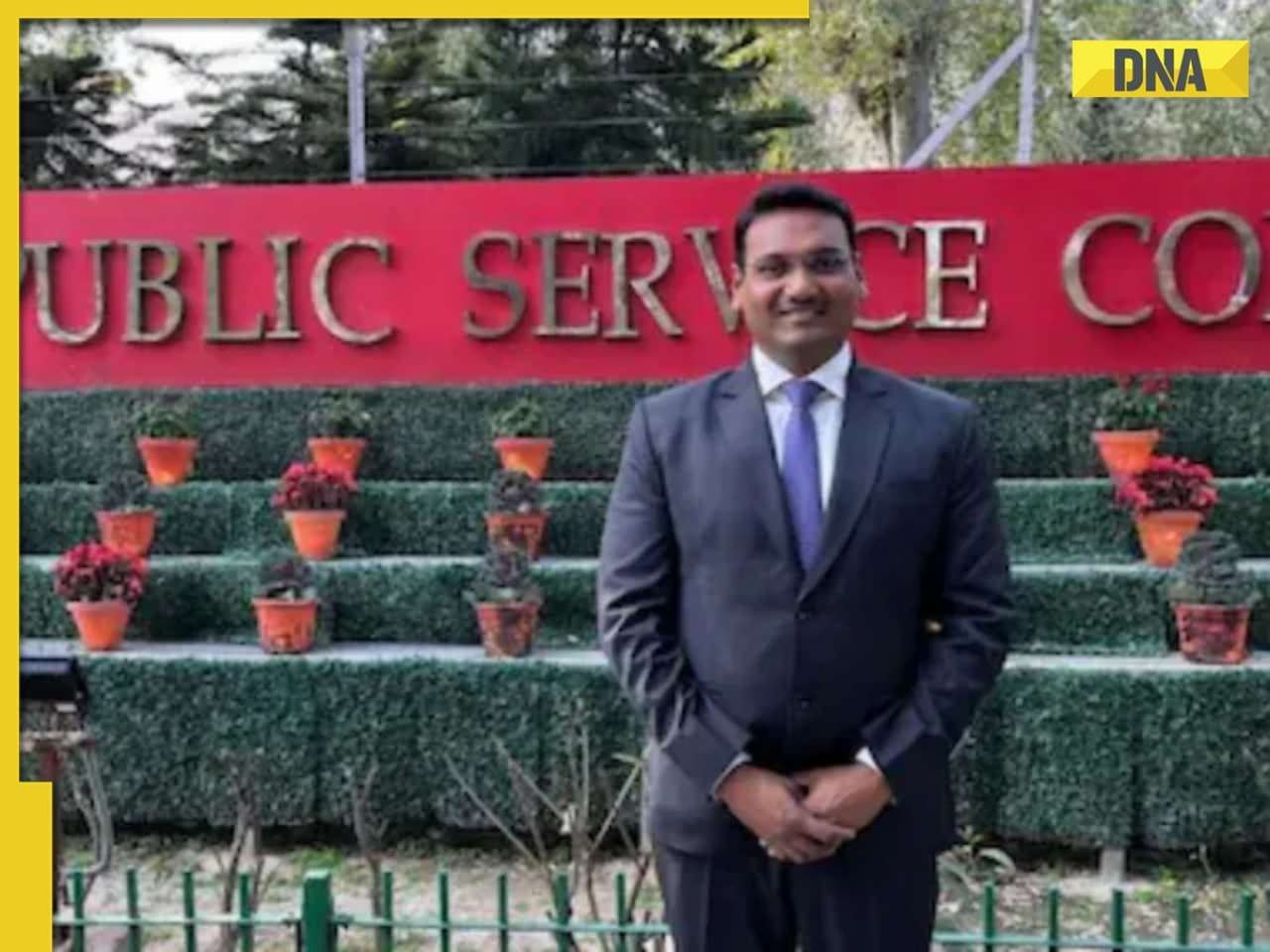





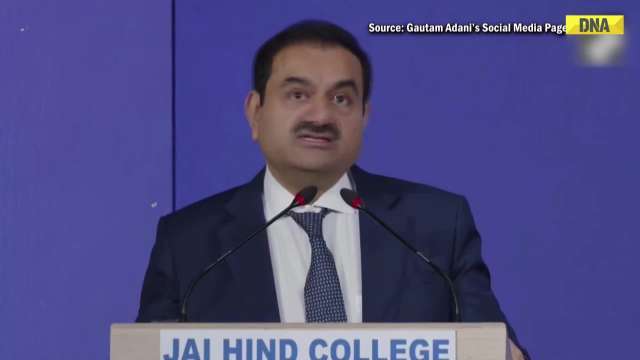


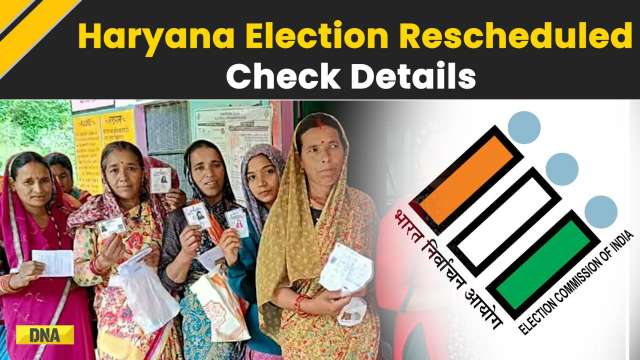

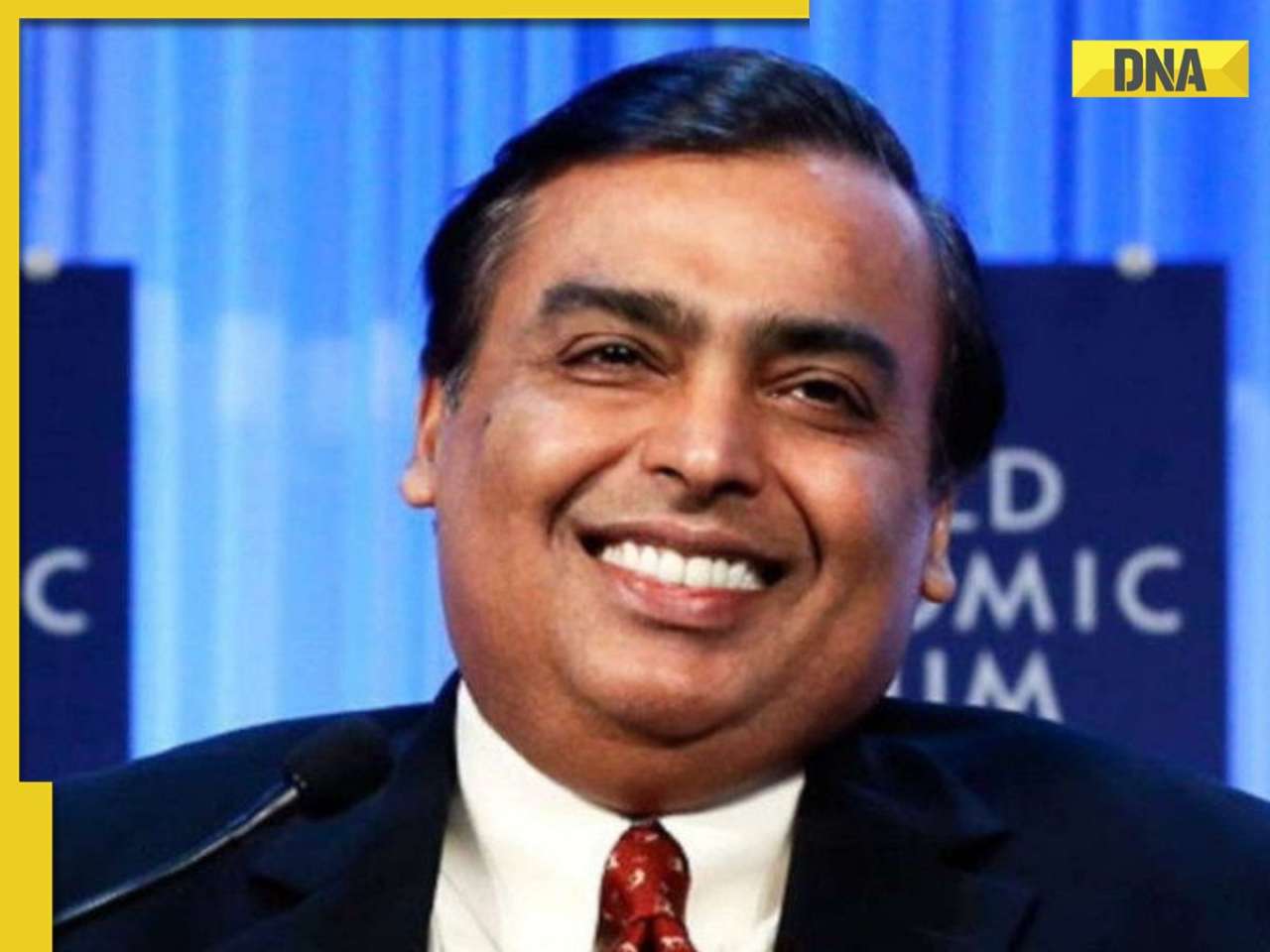





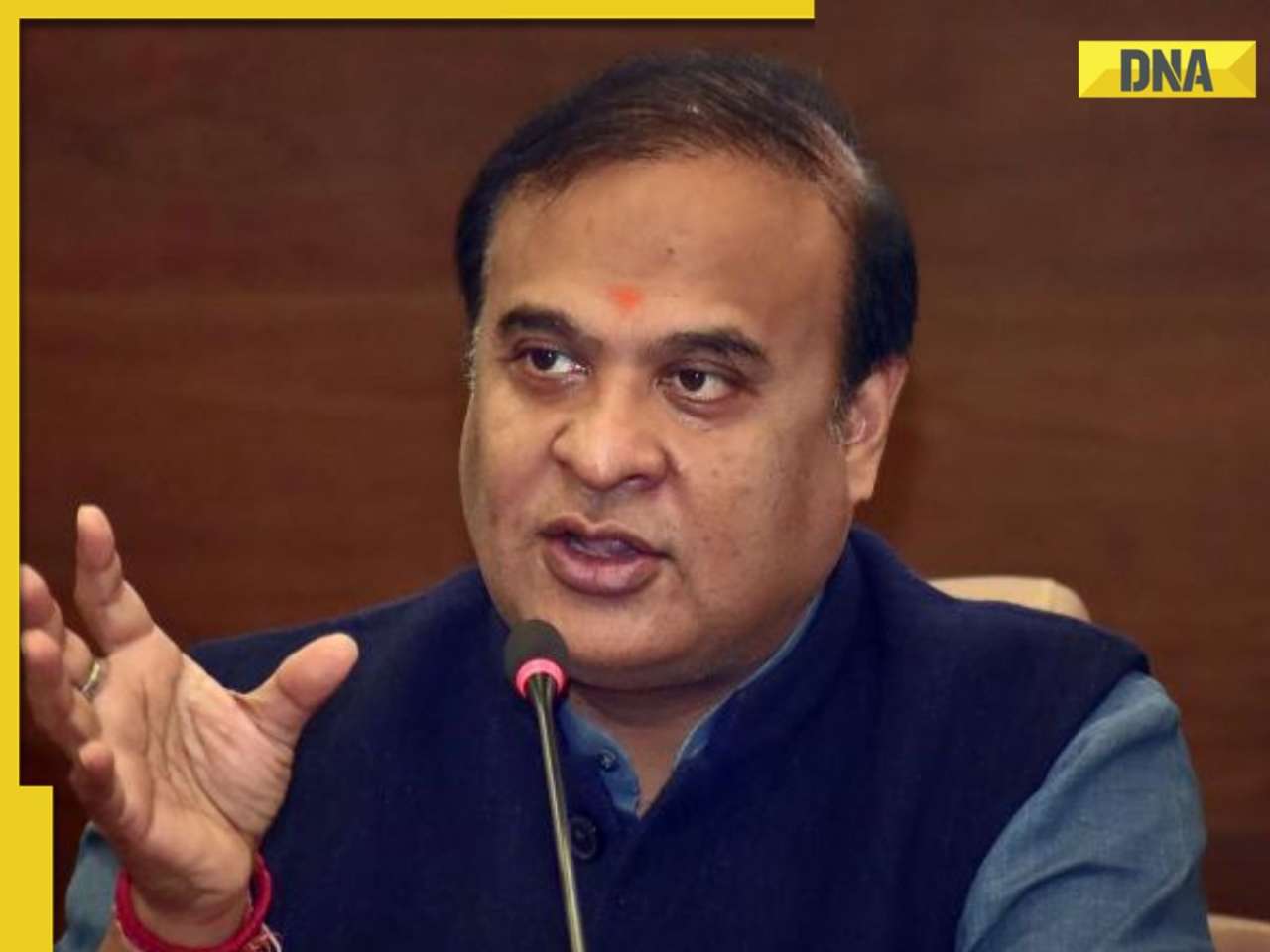


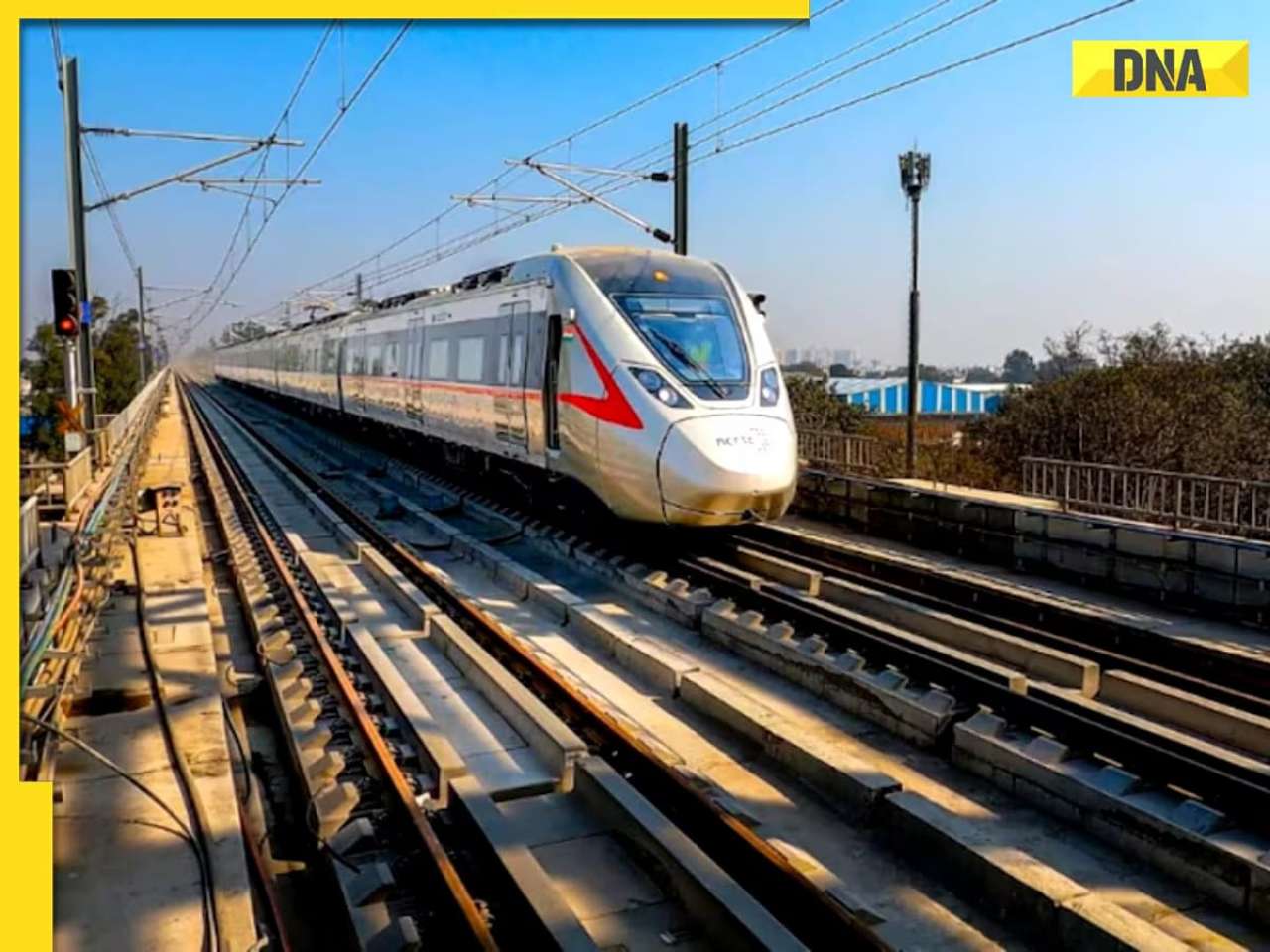

)
)
)
)
)
)
)
)
)
)
)
)
)
)
)





)
)
)
)
)
)